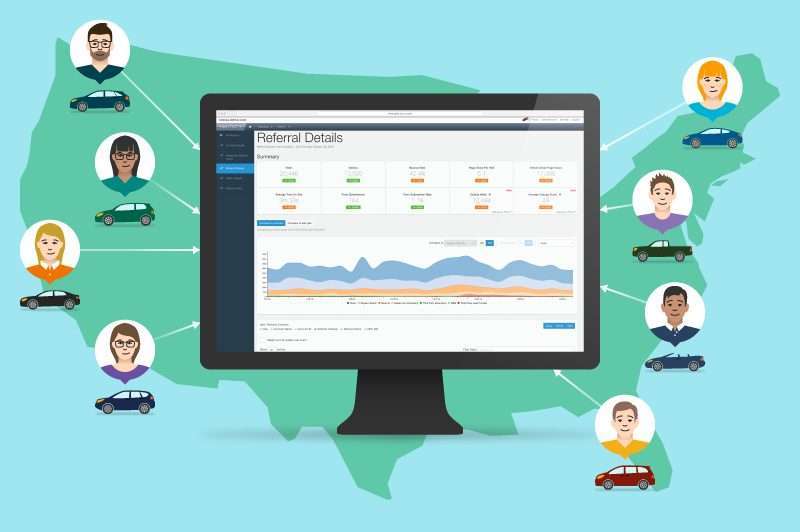Quality over quantity. Substance over matter. However you want to think about it, it’s a concept that applies to just about every facet of our lives. Automotive retail is no exception.
Car dealerships have always tried to attract quality shoppers to their showrooms, i.e. customers that are serious about purchasing a car. It’s what every retail business strives to do. Until very recently, however, there just hasn’t been a credible way to tell with a great deal of authority if a shopper is serious or not about purchasing a car from a particular dealership.
But all of that is quickly changing as valuation tools that measure the ‘quality’ of shoppers become available. And just in time, too. As the automotive market begins to soften from years of record-breaking sales numbers, the ability to measure ROI to optimize advertising and marketing spend isn’t just nice to have, it’s critical to car dealerships’ profitability.
Getting to Know Attribution
The word that digital marketers are attaching to this concept is attribution – using data to decipher and predict shoppers’ purchasing intent and how to use that information to maximize ROI. The biggest player in the attribution space is Google, that recently launched “Google Attribution” at this year’s Marketing Next conference. It’s a tool that examines the role different marketing strategies play in consumer purchasing decisions. It’s a great way for digital retailers, in general, to dial in their marketing to achieve maximum results.
But in general is something the automotive retail industry certainly is not. Don’t get me wrong – any service that connects advertising, online data, and conversation together to make it easier for businesses to better identify how to predict consumer purchasing decisions deserves to be applauded. But auto retail is very specific and, as such, needs a solution that caters to its particular needs and parameters as part of a complete attribution strategy.
Why Google Attribution Can’t Be the Only Solution
It’s not that it’s wrong; it’s just that Google Attribution isn’t completely right for our industry, at least, not as a dealer’s sole attribution tool. There are two important reasons for this: first, Google can’t account for car transactions that happen offline, which means there’s no way to track a shopper’s entire online to in-store shopping journey; second, Google Attribution primarily works within the Google ecosystem. Unless a dealership uses AdWords or Google ad products exclusively, it’s probably best not to have the search engine, which is geared toward e-commerce (something auto retail is certainly not) as the sole source of attribution data.
So, what is a dealer looking to identify the highest quality shoppers to do? Here are two key tips to help you start separating the wheat from the chaff:
1. Optimize Digital Spend
Many dealers still spend dollars on non-effective paid search campaigns such as behavioral targeting or remarketing ads. Instead, dealers should be looking for ways to analyze their cost-per-engagement, that will ultimately yield a better ROI. This is something Dealer.com and Cox Automotive have been honing in on with the nGauge by Pixall™ tool that scores quality users’ engagement.
2. Cast a Wider Attribution Net
Most importantly, dealers should strive to leverage a “multi-touch attribution” model. It’s a strategy that tracks a series of digital touchpoints as shoppers’ work their way toward a purchase and assigns the touchpoints a value. This lets dealers see what campaigns are resonating most with their customers and allows them to adjust accordingly.
Dealership competition is fierce and budgets are tight these days, which means targeting high quality shoppers accurately and efficiently is more important than ever. Using both an attribution tool that is geared specifically toward the auto retail industry alongside Google’s vast data accessible through its own Attribution tool will give dealers the coverage they’ll need to identify the highest quality shoppers.
James Grace is the senior director product management and analytics at Cox Automotive



